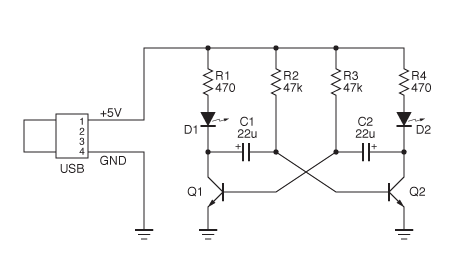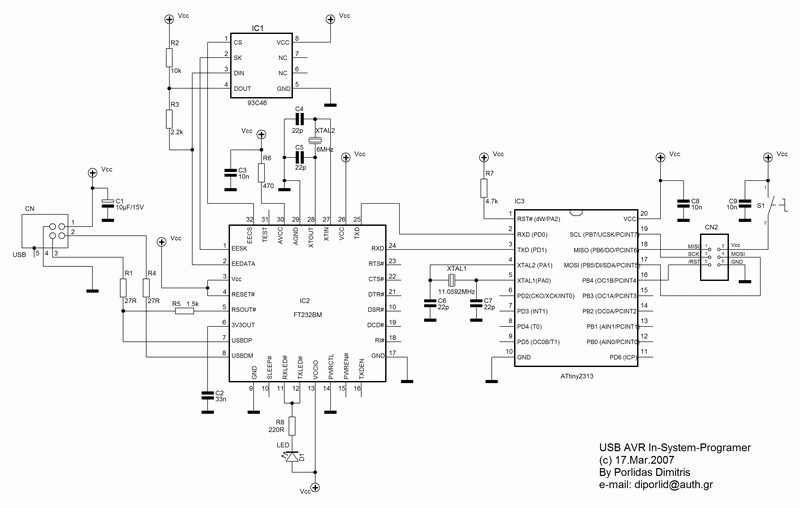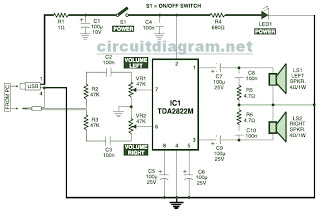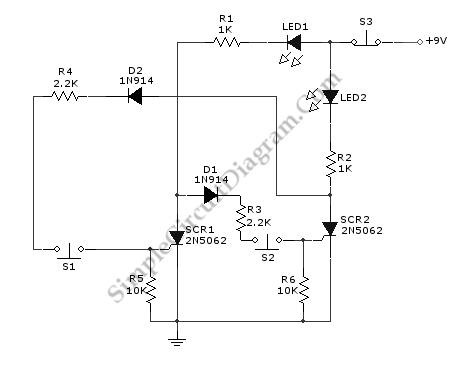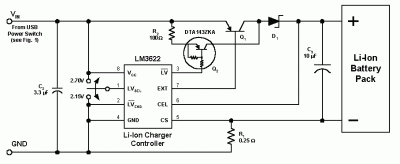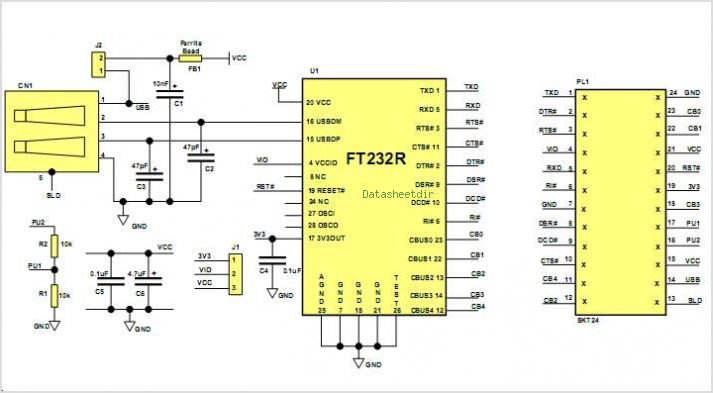
Improving USB 2.0 Switched-System Response

By incorporating discrete inductors in series with the device, it is possible to "tune out" some of the capacitance and enhance the eye opening. By adding sufficient inductance to peak the third harmonic at 240 MHz, while considering the capacitance of the device and any additional board capacitance, the lower frequencies will remain largely unaffected, thus improving performance where it is most needed. Assuming that the MAX4906EF and the added board capacitance total 12 pF, a small amount of series inductance can effectively peak the response at 500 MHz.
To optimize the performance of high-frequency circuits, the integration of discrete inductors in series with a device serves as a practical approach to managing capacitance. The primary objective is to fine-tune the circuit by selectively enhancing the response at specific frequencies, particularly the third harmonic. In this context, the MAX4906EF is utilized alongside additional board capacitance, which is estimated to be 12 pF.
The tuning process involves calculating the required inductance to achieve a peak response at 500 MHz. Given that the third harmonic of 240 MHz corresponds to a frequency of 720 MHz, the application of series inductance allows for the adjustment of the resonant frequency of the circuit. The formula for resonant frequency (f_r) in an LC circuit is given by:
f_r = 1 / (2π√(LC))
Where L is the inductance and C is the total capacitance. By rearranging this equation, it is possible to determine the necessary inductance to achieve the desired frequency response.
The choice of inductor value will be critical; it must be sufficient to counteract the capacitance without significantly affecting lower frequency signals. This selective tuning enhances the eye opening, which is crucial for high-speed digital signals, allowing for better signal integrity and reduced bit error rates.
In practical applications, the inductor should be chosen based on its quality factor (Q), as a higher Q will result in lower losses and better performance at the target frequency. Additionally, layout considerations should be taken into account to minimize parasitic capacitances and inductances that could adversely affect the circuit's performance.
Overall, this methodology provides a robust solution for enhancing the performance of high-frequency circuits while maintaining the integrity of lower frequency signals.By adding discrete inductors in series with the device, we can œtune out some of the capacitance, and improve the eye opening. If we add enough inductance to peak the 3rd harmonic of 240 MHz, with the capacitance of the device and any added board capacitance, we won t affect the lower frequencies much, and we ll enhance the performance where we need it.
If we assume that the MAX4906EF and the added board capacitance amounts to 12 pf, and we d like to peak the response at 500 MHz, then a small amount of series inductance will do just that.. 🔗 External reference
To optimize the performance of high-frequency circuits, the integration of discrete inductors in series with a device serves as a practical approach to managing capacitance. The primary objective is to fine-tune the circuit by selectively enhancing the response at specific frequencies, particularly the third harmonic. In this context, the MAX4906EF is utilized alongside additional board capacitance, which is estimated to be 12 pF.
The tuning process involves calculating the required inductance to achieve a peak response at 500 MHz. Given that the third harmonic of 240 MHz corresponds to a frequency of 720 MHz, the application of series inductance allows for the adjustment of the resonant frequency of the circuit. The formula for resonant frequency (f_r) in an LC circuit is given by:
f_r = 1 / (2π√(LC))
Where L is the inductance and C is the total capacitance. By rearranging this equation, it is possible to determine the necessary inductance to achieve the desired frequency response.
The choice of inductor value will be critical; it must be sufficient to counteract the capacitance without significantly affecting lower frequency signals. This selective tuning enhances the eye opening, which is crucial for high-speed digital signals, allowing for better signal integrity and reduced bit error rates.
In practical applications, the inductor should be chosen based on its quality factor (Q), as a higher Q will result in lower losses and better performance at the target frequency. Additionally, layout considerations should be taken into account to minimize parasitic capacitances and inductances that could adversely affect the circuit's performance.
Overall, this methodology provides a robust solution for enhancing the performance of high-frequency circuits while maintaining the integrity of lower frequency signals.By adding discrete inductors in series with the device, we can œtune out some of the capacitance, and improve the eye opening. If we add enough inductance to peak the 3rd harmonic of 240 MHz, with the capacitance of the device and any added board capacitance, we won t affect the lower frequencies much, and we ll enhance the performance where we need it.
If we assume that the MAX4906EF and the added board capacitance amounts to 12 pf, and we d like to peak the response at 500 MHz, then a small amount of series inductance will do just that.. 🔗 External reference
